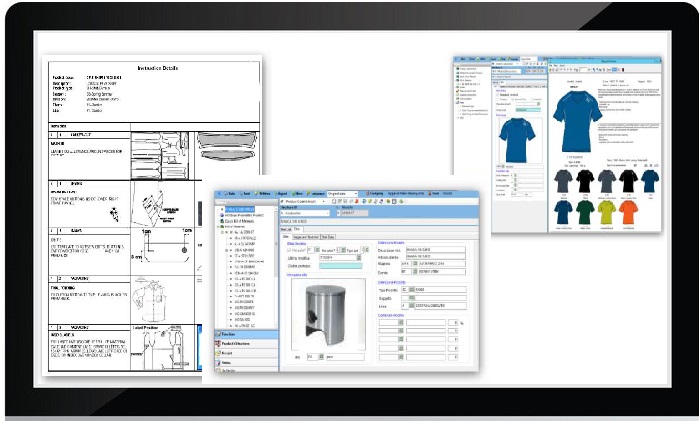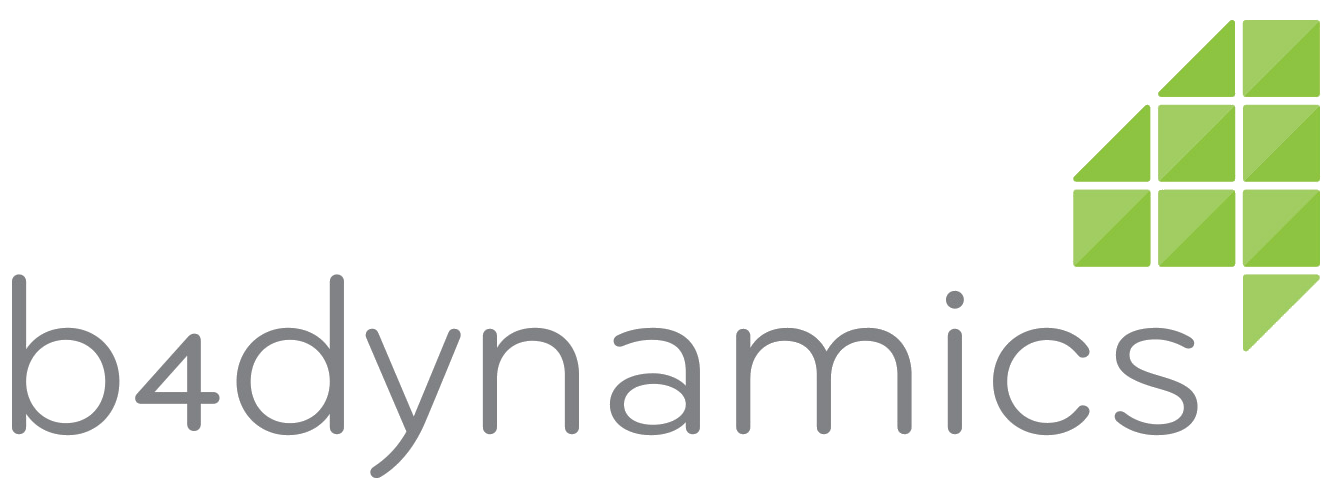Manufacturing Execution System (MES)
A Manufacturing Execution System (MES) is an information system that drives effective execution of manufacturing operations. Using current and accurate data an MES triggers, guides, verifies, and reports on plant activities in real time—from order release, to manufacturing, to delivery, to the finished goods inventory.
- JUST PLM
- JUST Planning
- JUST Monitoring
- JUST Quality Control
The solution for product’s development and technical data management
Just PLM (Product Lifecycle Management) helps by providing access to company data in real-time to various departments, allowing the optimization of the design, also being able to simplify commercial management during the budgeting phases reducing – in this way – response times to the customer.
Just PLM facilitates;
- cooperation by the resources distributed within the company (R&D, purchasing, production centers, logistics, sales, marketing);
- bill of materials’ management;
- production cycles’ monitoring;
- cost calculation simulations;
- timing of development.

Production planning solution for the manufacturing industry
Planning, Controlling, Optimizing: We can resume with these 3 words the objective of the Operations’ Planning Office.
Just Planning is an interactive system which helps optimizing the production resources (human and instrumental ones) both local and distributed with a specific control of the critical issues through interactive graphics. Just planning’s algorithms allow to find the optimal machinery’s load considering setting times, delivery dates, efficiency, priorities…
Just Planning facilitates;
- Machinery’s load optimization;
- Operations’ simplification;
- Real-time management of variables that affect delivery times;
- Quick answers to any production problems;
- Possibility of advance planning of machines’ stop for maintenance;
- Visibility on the progress of the customer’s order / production order.

The monitoring solution for the manufacturing world
Monitoring, Analyzing, Deciding: production departments’ priorities can be summarized in these 3 actions.
Without the support of a monitoring system, the variables that condition a production process can not be managed in real-time.
Just Monitoring helps building up a production model and defining KPIs like operator’s and machinery’s performance, ratio between theoretical and
actual production, specific reasons for machine’s downtime… These parameters can be used to develop a variety of reports, graphics and analysis to
guide the efficiency on production lines and reports –defined by users – can be generated consulting data in real-time and departing from each single
info at disposal (also using data referred to past months/years).
Which “Entities” does it control?
- Company, department, kind of machinery, single machine;
- Shifts, calendar, working group and single operator;
- Machine efficiency and Operator efficiency;
- Production orders with relative progress;
- Production time and production quantities;
- ISO Controls;

The Quality control solution for the textile finished product
Check, Assign a Value, Speed up: this is the task of the Quality Control department in the Textile industry.
This is why a system able to register the defects of a single piece of fabric and automatically calculates its quality, based on the standards required by
the customer, is needed.
Using just quality control, the operator can identify the quality level of a finished product, can create a historical archive, can generate analytic
reports and share them with the central ERP.
Just Quality Control solution can be used, in particular, by:
- Fabrics’ manufacturing companies;
- Converter;
- Garment makers.



